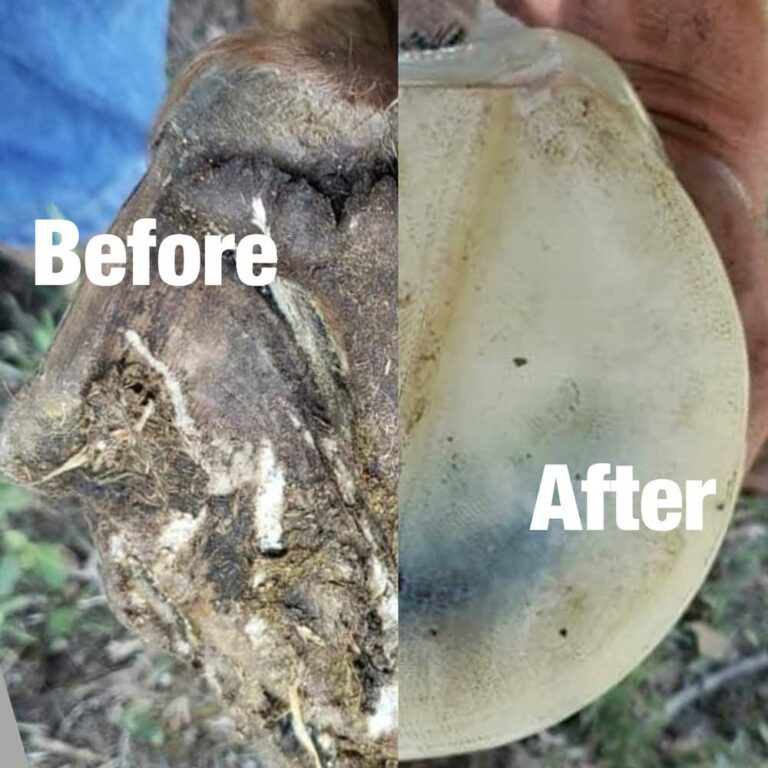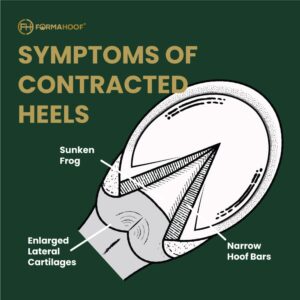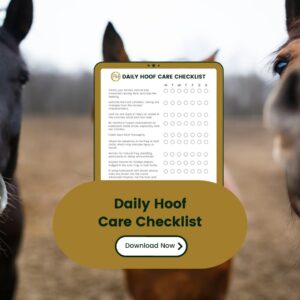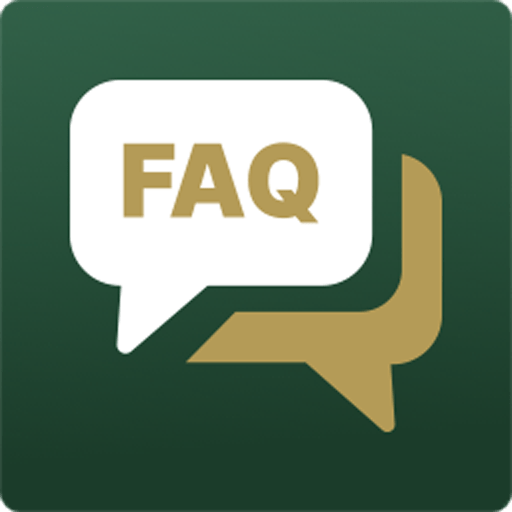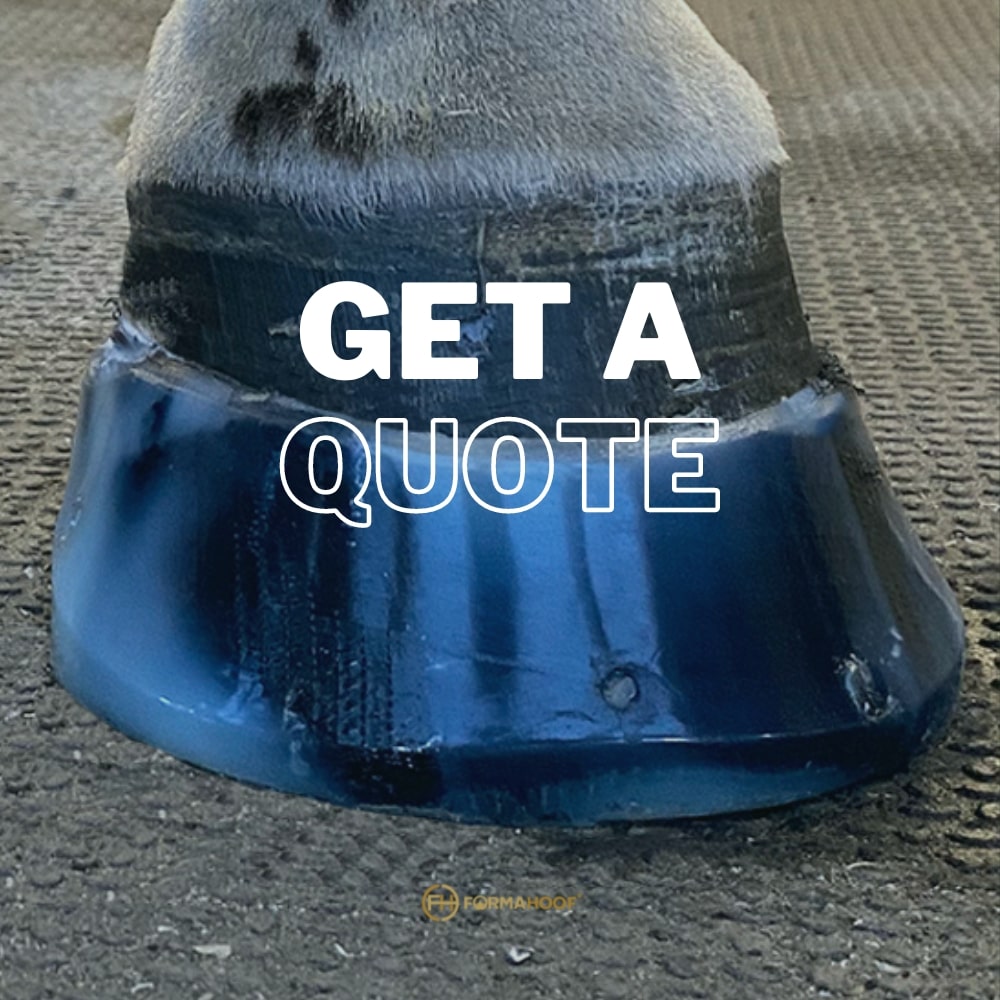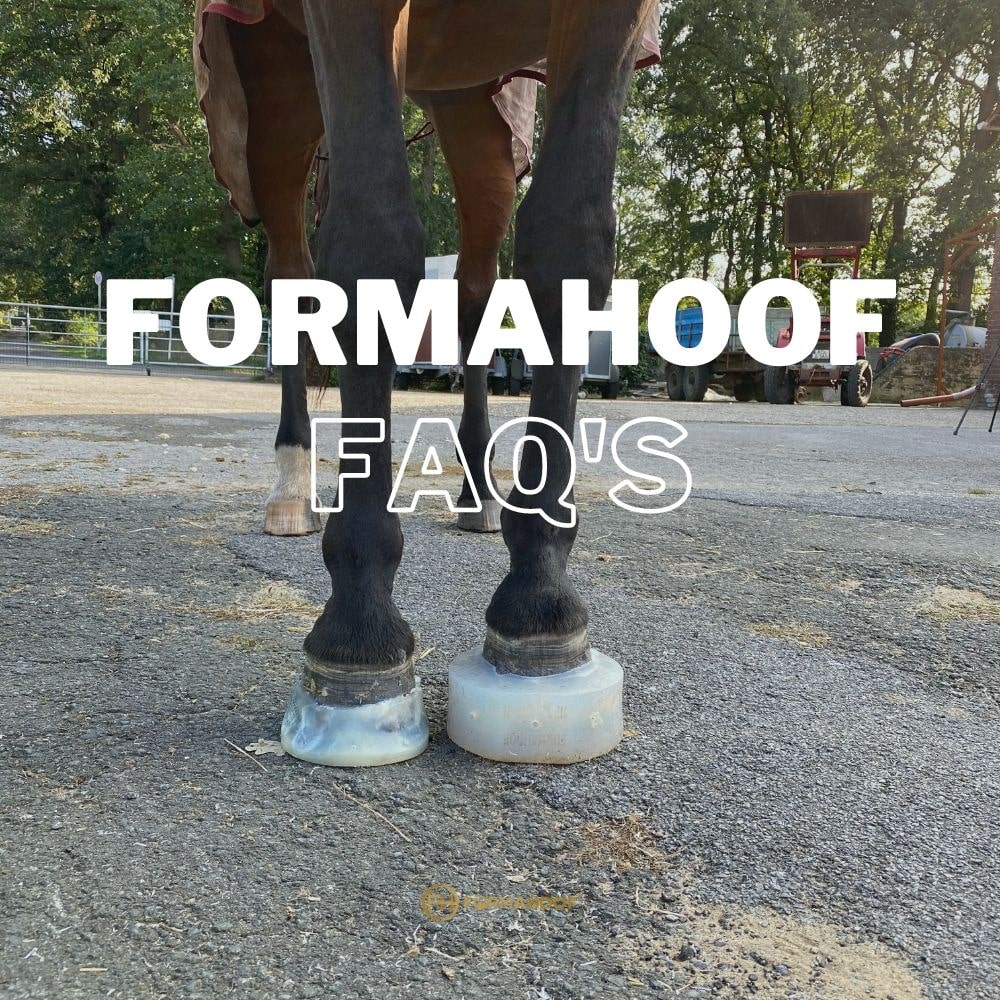Laminitis threatens the well-being of horses worldwide, precipitating pain and potential permanence in hoof damage. Crafting an astute “Laminitis Horse Recovery Plan” becomes paramount in navigating through the rehabilitation journey, ensuring horses not only recover but also ward off recurrent laminitis bouts.
Recognizing the Alarming Signals: First Steps to Constructive Laminitis Management
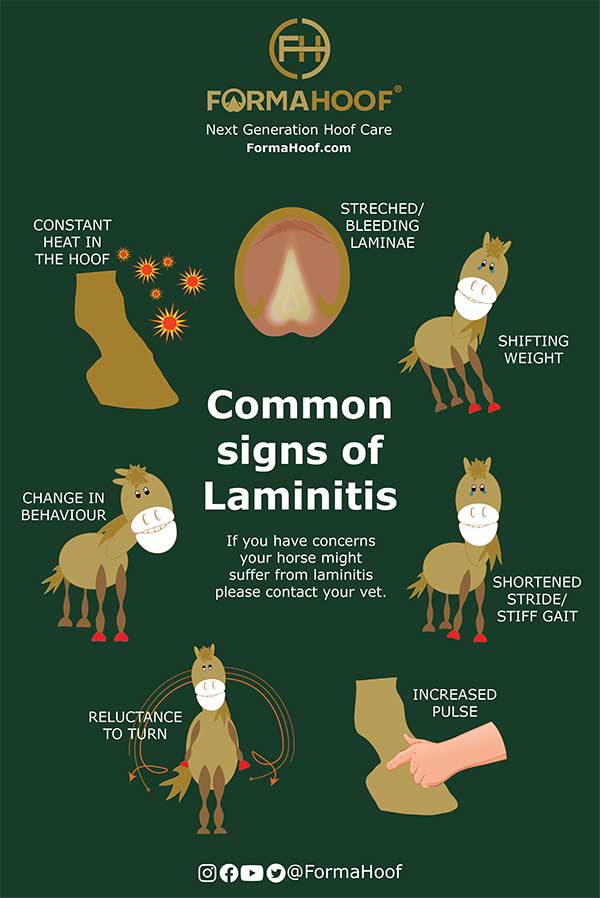
Prompt attention to laminitis is a cornerstone to effective management. Subtle signs like persistent hoof heat, noticeable reluctance in turning, a stiffened stride, and behavioral shifts are alarm bells warranting immediate intervention. Leveraging both a farrier’s insights during trimmings and a veterinarian’s diagnostic prowess ensures an exhaustive approach toward pinpointing and mitigating laminitis at the inception.
Stepping into a Laminitis Horse Recovery Plan: Tailoring a Systematic Approach
A recovery plan strategically intertwines varied elements, meticulously addressing every facet of laminitis management.
Diagnosis and Understanding
- Rooting out the underlying cause and comprehending the internal structural status is the springboard to focused rehabilitation.
- Utilizing radiographs and blood tests streamlines the diagnosis, giving a transparent overview of the laminae damage and the coffin bone’s position.
Pain and Inflammation Management
- Orchestrating a pain management protocol is pivotal, necessitating expertise to employ anti-inflammatory strategies and pain control.
Innovative Supportive Shoeing with FormaHoof
- While traditional methods are invasive e.g. wooden clogs, FormaHoof promises a non-invasive approach, immediately protecting, providing pain relief, and supporting the damaged hoof structure without utilizing nails or screws.
- Harnessing the advantageous aspects of FormaHoof enhances blood circulation, facilitates faster recovery, and strategically spreads weight across the entire hoof capsule.
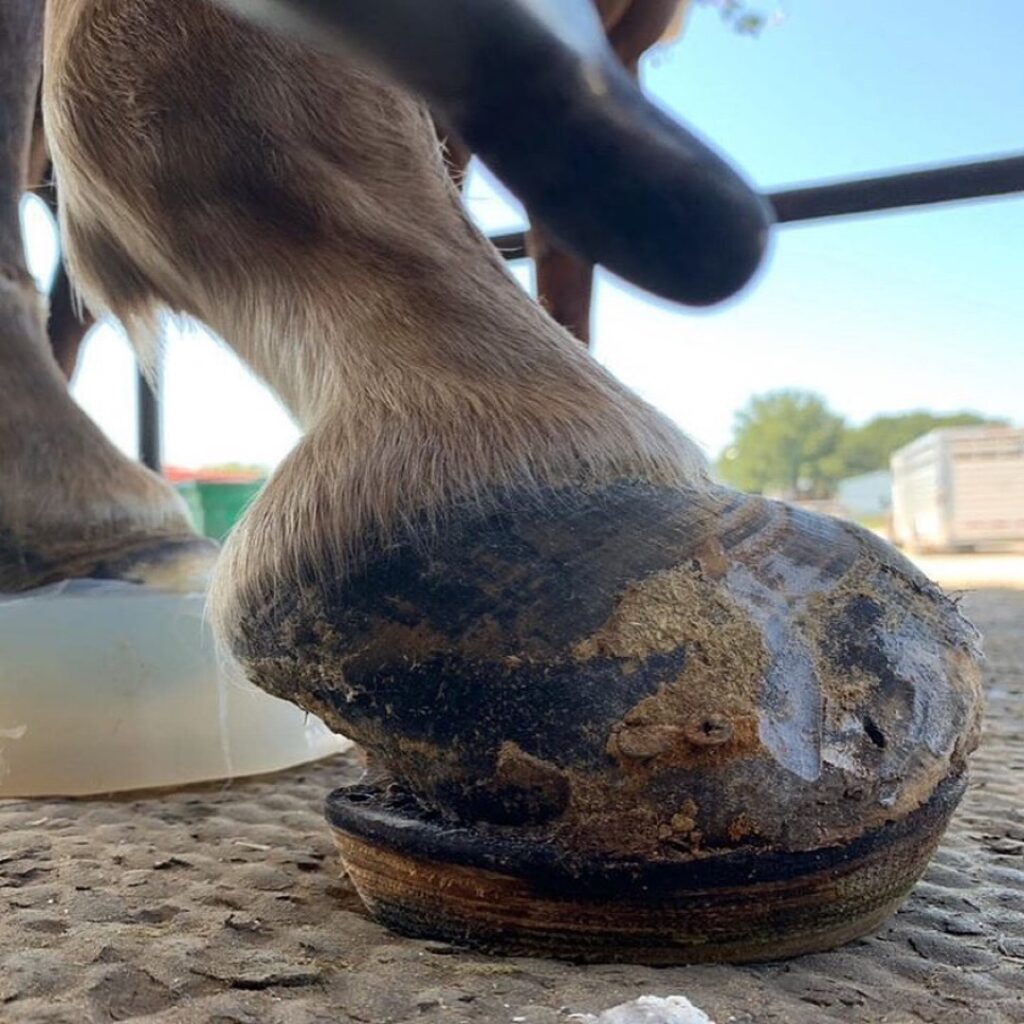

Controlled Movement to Propagate Healing
- Deciding the appropriate level of movement – whether minimal, hand-walking, or complete stall rest – should be attuned to each horse’s specific condition and the laminitis severity.
- Ensuring a comfortable stall environment, with bedding that won’t be overconsumed, ensures the horse remains secure and dietarily consistent during rest.
Nutritional Oversight and Diet Control
- Ensuring a meticulously monitored diet, especially while stall resting, prevents exacerbating the laminitis and aligns with the overall recovery strategy.
- Strategic feeding plans, tailored to cater to the nutritional needs of laminitic horses, should weave into the comprehensive rehabilitation agenda.
FormaHoof’s Role in Laminitis Horse Recovery
Embarking on the path of a laminitis horse recovery, FormaHoof emerges not as a cure, but a pivotal ally in enhancing the horse’s comfort and facilitating optimal hoof recovery. FormaHoof plays an instrumental role in establishing a supportive and pain-mitigated environment, ensuring that, while navigating through the recovery process, each step is stable and minimized of further detrimental impact.
FormaHoof’s non-invasive application offers immediate pain alleviation and structural reinforcement to the compromised hoof, permitting horses to maintain a degree of normalcy in activity and minimizing stagnation during recovery periods. Its innovative design prioritizes the horse’s natural hoof health, fostering an environment that promotes gradual recovery while concurrently addressing pain and mobility challenges.
The embrace of FormaHoof does not merely stand as a standalone solution but threads itself into the broader tapestry of a holistic recovery plan, augmenting traditional practices with modern, technology-driven support. It is an embodiment of progressive equestrian care, where tradition and innovation converge to forge a pathway toward healing and rejuvenation in the wake of laminitis.
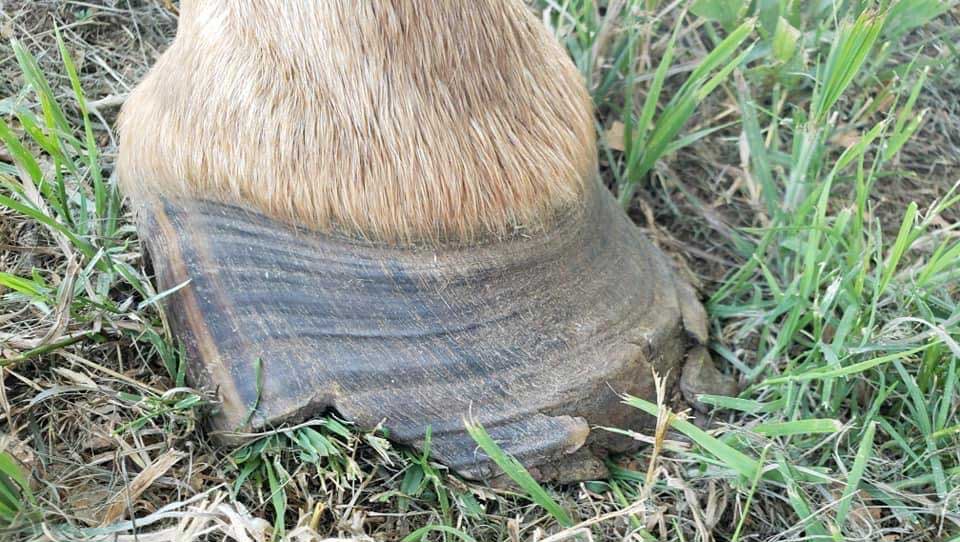
Your Strategic Ally Through Recovery
Embarking on the journey through a Laminitis Horse Recovery Plan can be both challenging and nuanced. Ensuring you’re armed with a comprehensive strategy—from recognizing the earliest signs of laminitis to employing advanced supportive technologies like FormaHoof—is paramount. But you needn’t navigate these waters alone. Engaging in a holistic approach that integrates immediate pain management, supportive shoeing, meticulous movement control, and strategic nutritional oversight, your horse is guided through a well-rounded and effective laminitis rehabilitation journey.
Delve into a world where seasoned expertise and innovative solutions converge, offering your horse a pathway towards optimal recovery. Our Expert FormaHoof Certified Applicators are ready to stand beside you, illuminating each step of the laminitis horse recovery plan with precision, compassion, and unparalleled knowledge.
Harness the power of a harmonious recovery journey, weaving together traditional knowledge and breakthrough technologies like FormaHoof. Let us be your guide, your ally, and your support through each phase of rehabilitation, ensuring that each step your horse takes is one of strength, recovery, and utmost care.
🐴 Your Horse’s Journey to Wellness Starts Here 🐴
Become a part of our community, and let’s navigate the path of recovery together. Engage with our wealth of resources, interact with our experts, and become an active participant in your horse’s road to wellness. Click below and step into a future where laminitis is but a chapter in your horse’s triumphant story of resilience and recovery.

